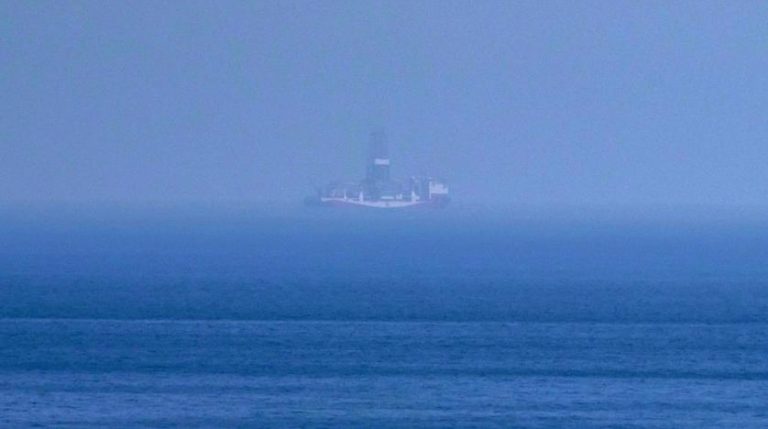Oil prices likely to stay around $65-$70 through 2024

LONDON (Reuters) – Long-term expectations about oil prices remain firmly anchored around $65-70 per barrel, according to the latest annual survey of energy professionals conducted by Reuters.
Plentiful supplies from U.S. shale plays and other sources outside the Organization of the Petroleum Exporting Countries are expected to keep prices close to their recent range for the indefinite future.
Fears about peaking oil supplies, common ten years ago, have disappeared; now there are some indications that expectations about peaking oil demand are taking hold.
Brent is forecast to average $65 per barrel in each of the next five years based on the median, or $67 this year rising slightly to $69 by 2024 based on the mean.
Most forecasters expect average prices to remain between $60 and $75 per barrel in each of the next five years, with only a very small number expecting them to dip below $50 or rise above $90.
The results are based on a questionnaire sent to over 9,000 energy market professionals, with responses received from 950 between Jan. 8 and Jan. 11 (tmsnrt.rs/2FNjC5J).
Price forecasts are very close to last year’s survey and previous years, though in most cases the average has fallen by $1 or $2.
In earlier surveys, there was some slight upward drift in price expectations for the out years, but there is no sign of that this year.
Most respondents seem convinced there will be enough oil to meet conceivable demand at around $65 per barrel in the medium term.
Fewer than 5% thought oil prices would average $100 or more in 2024, prices that would signal pressure on production, which were once common between 2011 and 2014.
In contrast, nearly 16% of respondents thought prices would average less than $50, a possible a sign of softening consumption and market saturation as part of the transition away from an oil-based transportation system.
OIL INDUSTRY INSIDERS
Among survey respondents, 26% are involved directly in oil and gas production (exploration, drilling, production, refining, marketing and field services).
Most of the rest are involved in banking and finance (19%), research (11%), professional services (7%), hedge funds (7%), other energy industries (5%) and physical commodity trading (5%).
The results from respondents involved directly in the oil and gas industry were very similar to those in other sectors.
Oil and gas insiders and those outside the industry have more or less the same views about prices in 2020.
Insiders are marginally more bullish than outsiders for later years, perhaps predicting higher prices will be needed to ensure production growth, but the difference is just $2 per barrel in 2022, rising to less than $4 in 2024.
EXPECTATIONS ANCHOR
Last year’s survey predicted Brent prices would average $63 per barrel in 2019, which proved remarkably close to the actual outturn of $64, based on daily closing prices.
In fact, the survey has been highly accurate since its inception in 2016, with the possible exception of 2018, when prices climbed a bit more than expected.
The main reason for the miss was probably the unexpected severity of U.S. sanctions on Iran, coupled with Saudi Arabia’s restrictive output policy and an acceleration in global growth.
In this year’s survey, as with previous versions, respondents exhibit more certainty about prices this year and next compared with the out-years, which is natural given that uncertainty tends to increase over longer time horizons.
Responses for 2020-2021 are tightly clustered, while expectations for 2023-24 exhibit more variation. Even so, very few respondents expect average prices to fall below $50 or rise above $90 at any point in the next five years.
Response clustering has been increasing in recent surveys, suggesting the anchoring of long-term expectations around the $65-70 per barrel level is becoming stronger.
The longer prices trade around the $65-70 level, with production and consumption roughly in balance, the more expectations are becoming cemented around this level.
Over the last 27 months, since the start of November 2017, Brent prices have closed between $60 and $75 per barrel on 74% of all trading days, with just 10% of closes below this level and $16% above it.
Overall, most respondents expect the oil market to remain comfortably supplied in the foreseeable future, with prices oscillating around the current level and relatively moderate volatility.








